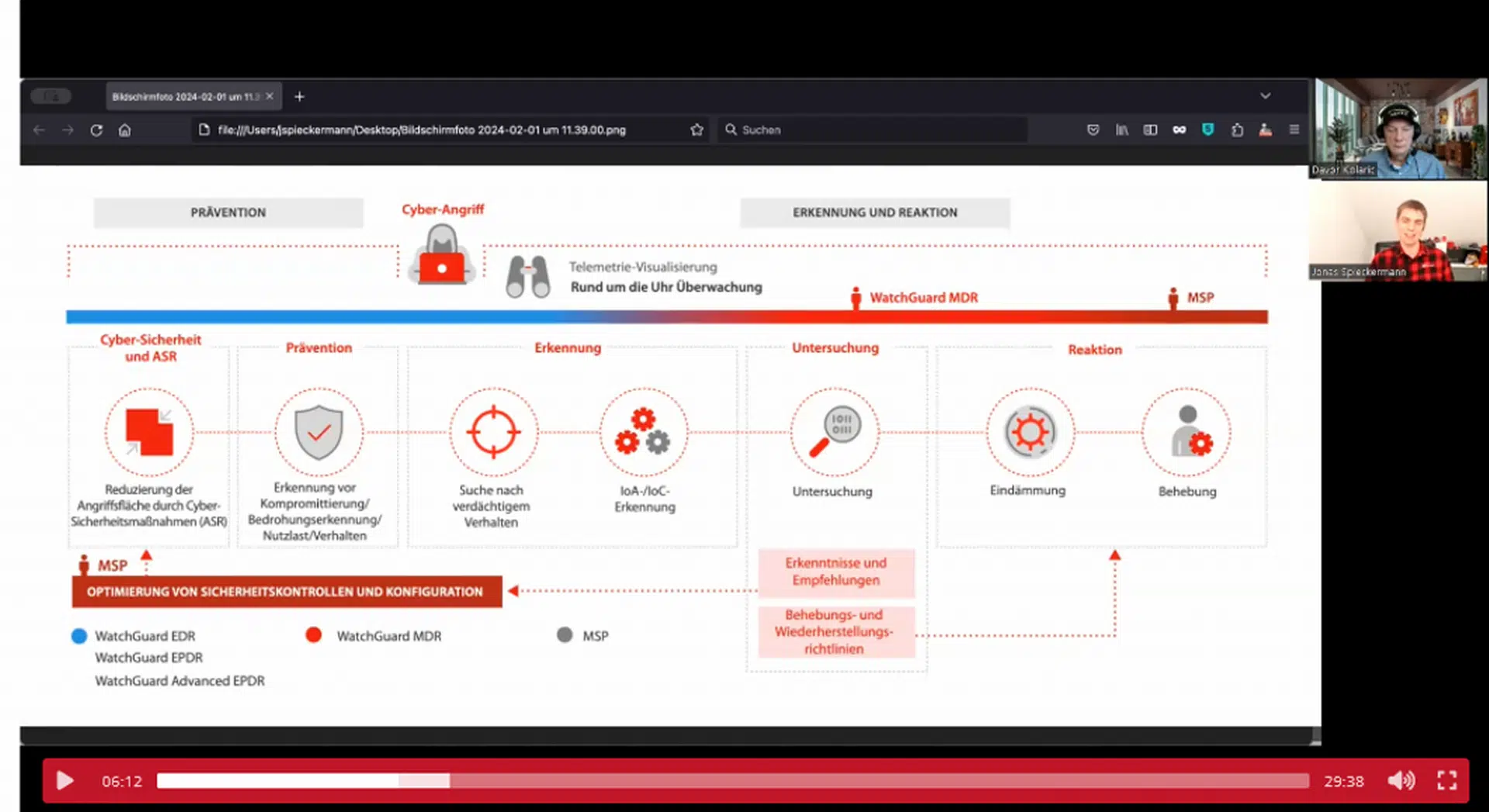
Over 50% of Spending Will Be Focused on Outdoor Surveillance Equipment
The worldwide government Internet of Things (IoT) endpoint electronics and communications market will total $21.3 billion in 2022, according to Gartner, Inc. This is a 22% increase from a forecasted total of $17.5 billion in 2021.
“Local governments worldwide are increasingly using IoT technology to monitor their infrastructure and assets more effectively and improve citizens’ safety and living environments, including controlling the spread of COVID-19 and checking quarantine compliance,” said Kay Sharpington, senior principal research analyst at Gartner. “In addition, the falling costs of devices is contributing to the financial viability of projects that utilise outdoor surveillance cameras and city asset tracking.”
Globally, over 50% of governments endpoint and communications service spending will be on outdoor surveillance to improve public health and safety (see Table 1).
Table 1. Top 6 Government IoT Endpoint Electronics and Communications Revenue by Use Case, 2020-2022 (Billions of US Dollars)
| Use Case | 2020 | 2021 | 2022 |
| Outdoor Surveillance | 9.3 | 9.7 | 12.0 |
| Road Toll and Traffic Management | 1.8 | 2.1 | 2.6 |
| City Asset Tracking | 1.5 | 1.9 | 2.2 |
| Police Evidence Tracking | 0.9 | 1.2 | 1.5 |
| Parking Management | 0.5 | 0.6 | 0.7 |
| Fire Services Monitoring | 0.8 | 1.0 | 1.1 |
| Others | 0.8 | 1.0 | 1.2 |
| Total Market | 15.6 | 17.5 | 21.3 |
Source: Gartner (June 2021)
“Over the past year, the role of cameras has expanded into checking for social distancing and mask wearing to manage the COVID-19 pandemic, as well as increased use for contactless parking management,” said Sharpington. “Their adoption will continue to increase at a different pace across regions as data privacy regulations vary across countries. For example, the Chinese government does not have the same restrictions as Western Europe and North America so it will be a key contributor to growth, using cameras that harness advanced image recognition and video analytics techniques.”
As 5G is well-suited to video applications due to its high data throughput, Gartner estimates that outdoor surveillance cameras will represent over 75% of the government’s global 5G connections through 2022.
In addition, Gartner estimates that 39% of global government endpoints will be shipped with a low-power wide-area (LPWA) interface in 2022, up from 26% in 2020.
LPWA technologies offer WAN and mobile connectivity at significantly lower prices than traditional cellular machine-to-machine (M2M) networks. Their long battery life means devices are well-suited to urban applications because many have relatively low-bandwidth requirements. LPWA networks will continue to displace existing networking technologies for metering and streetlight monitoring and create new IoT solutions for parking, waste management, road traffic management and much more.
Gartner clients can read more in “Forecast Analysis: Government Internet of Things Endpoint Electronics and Communications Revenue, Worldwide.”
Fachartikel

Strategien für eine fortgeschrittene digitale Hygiene

Mit LogRhythm 7.16 können Sie das Dashboard-Rauschen reduzieren und Log-Quellen leicht zurückziehen

Wie man RMM-Software mit einer Firewall absichert

Red Sifts vierteljährliche Produktveröffentlichung vom Frühjahr 2024

Konvergiert vs. Einheitlich: Was ist der Unterschied?
Studien

Studie zu PKI und Post-Quanten-Kryptographie verdeutlicht wachsenden Bedarf an digitalem Vertrauen bei DACH-Organisationen

Zunahme von „Evasive Malware“ verstärkt Bedrohungswelle

Neuer Report bestätigt: Die Zukunft KI-gestützter Content Creation ist längst Gegenwart

Neue Erkenntnisse: Trend-Report zu Bankbetrug und Finanzdelikten in Europa veröffentlicht

Studie: Rasantes API-Wachstum schafft Cybersicherheitsrisiken für Unternehmen
Whitepaper
Unter4Ohren

Datenklassifizierung: Sicherheit, Konformität und Kontrolle

Die Rolle der KI in der IT-Sicherheit

CrowdStrike Global Threat Report 2024 – Einblicke in die aktuelle Bedrohungslandschaft

WatchGuard Managed Detection & Response – Erkennung und Reaktion rund um die Uhr ohne Mehraufwand







